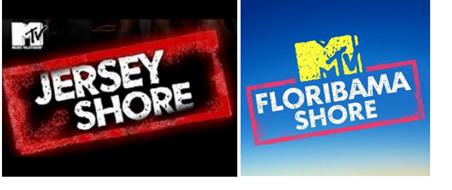The US Court of Appeals for the Federal Circuit affirmed a Patent Trial & Appeal Board (Board) obviousness decision after finding that the patent owner failed to explain how its cited extrinsic evidence supported its proposed claim construction. Uniloc 2017 LLC v. Netflix, Inc., Case No. 21-2085 (Fed. Cir. Dec. 15, 2022) (Dyk, Taranto, Hughes, JJ.) (nonprecedential).
Uniloc owns a patent directed to a “more efficient” method for encoding videos by only coding at the pixel level when necessary and, where possible, reusing code for macroblocks in the background area. Netflix petitioned for inter partes review of several claims in Uniloc’s patent. The Board ultimately found the claims unpatentable as obvious. Uniloc appealed.
Uniloc argued that the Board erred in its claim construction of a limitation that required “dividing the stationary background region and the object region from an inputted video in a macroblock-by-macroblock basis by using a difference between the previous frame and the current frame.” The dispute before the Federal Circuit was whether the “macroblock-by-macroblock basis” required that the act of dividing be done macroblock-by-macroblock, as urged by Uniloc, or whether the dividing resulted in separate macroblock-based regions, as urged by Netflix and found by the Board. The Court concluded that Netflix and the Board were correct.
The Federal Circuit first addressed the intrinsic record, finding that it was ambiguous as to the meaning of “macroblock-by-macroblock basis.” Although the claim language supported either interpretation, Uniloc’s argument would require the Court to read language into the claim that was “simply not there.” The specification did not clarify the claim construction issue either. Although Uniloc pointed to one example where the dividing step occurred one macroblock at a time, the Court stated that it did not limit claim language to examples used in the specification. Lastly, the Court explained that the portions of the specification describing the purpose of the invention and avoiding problems in the prior art also failed to clarify the meaning of the macroblock-by-macroblock basis. Because the purpose was merely to make coding more efficient and avoid dividing at the pixel level, either interpretation could apply.
Relatedly, the Federal Circuit rejected Netflix’s argument that Uniloc forfeited the arguments on appeal related to the portions of the specification explaining the purpose of the claimed invention and how it purportedly solved problems in the prior art. The Court explained that the forfeiture doctrine does not “preclude a party from proffering additional or new supporting arguments, based on evidence record, for its claim construction.” Here, Uniloc “merely cited additional support in the specification to support the same argument it had always made” related to the macroblock-by-macroblock basis.
The Federal Circuit next addressed the extrinsic evidence and agreed with the Board’s decision that a “macroblock-by-macroblock basis” required dividing results in separate macroblock-based regions. Uniloc’s only extrinsic evidence was a dictionary definition of “basis,” and Uniloc offered no additional expert evidence to explain technological facts or usage in the field that would support its interpretation. In contrast, Netflix provided expert testimony and [...]
Continue Reading
read more

 Subscribe
Subscribe




